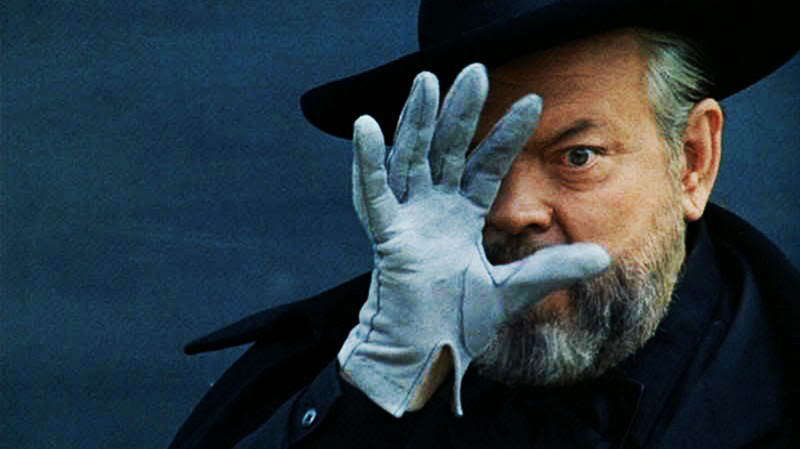
According to science, virtual reality pornography is poised to become the greatest piece of entertainment in existence. Yet until that hallowed day comes, we will have to contend with movies. Usually when one charts the progression of cinema; it begins with “The Great Train Robbery” and ends with Jake Paul’s white boy raps.
There are some nuggets of innovation in between those massive thresholds such as these following films. Some take flamethrowers to the foundations of cinema while others utilizes very precise and subtle chisels that still alter the filmic landscape in fundamental ways. As we speak, VR Porn is only in its embryonic stages so let’s do the next best thing and appreciate some innovative movie masterpieces.
1. Rome Open City (1945)
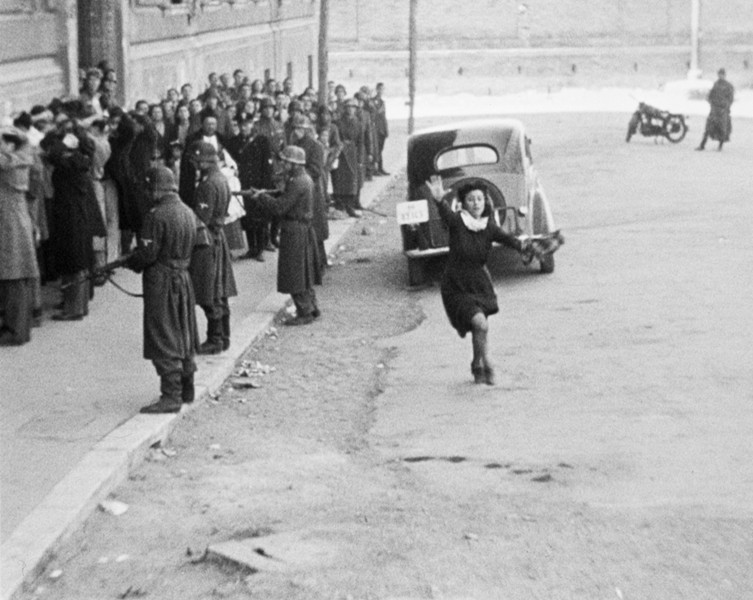
This movie is one of the progenitors of neo-realism and cinema-verite, where director Roberto Rossellini intricately recreates the horrors inflicted by the Nazi’s on Rome as a means of healing from trauma. What is most extraordinary is that “Rome Open City” was filmed as World War II was still going on, with filming done directly on Rome’s ravaged landscapes.
The movie’s hopeful story of rebellion against the Nazi occupation is punctuated by blunt violence and harrowing despair that becomes even heartrending with one realizes that such pain was still fresh within the cast and crew’s minds. “Rome Open City” paved the way for cinema to be an instrument to process trauma, wherein by engaging full-heartedly with the source of our spiritual damage we may begin to build ourselves up again.
2. Cleo from 5 to 7 (1962)
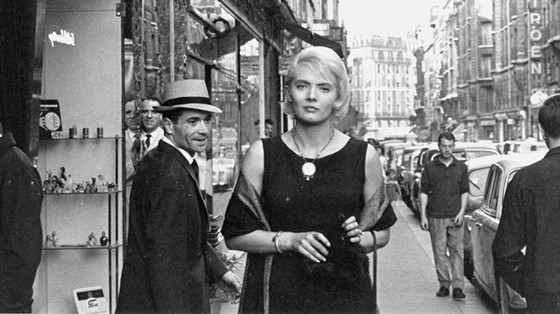
It can often be difficult to portray anxiety on screen due to how much of it manifests internally. In turn, Agnes Varda’s seminal “Cleo from 5 to 7” creates a blueprint to effectively portray filmic inner stress i.e having it become tangible through character interactions as opposed to dramatic outbursts.
Singer Cleo is awaiting medical results and is attempting to go about her day as efficiently as she can given her circumstances. Yet whether it’s practicing a melancholy song, connecting with a soldier in the park or watching a man eat live frogs on the street, Cleo’s dread at her impending mortality corrodes her.
That tension is illustrated wonderfully by Cleo’s actress Corinne Marchand who seemed to have disappeared from cinema not long after “Cleo from 5 to 7.” It’s a shame because Marchand’s acting is the nucleus behind Varda’s vision, one that teaches filmmakers how to blend psychological insight with natural human interaction.
3. Dr. Strangelove; Or How I Learned to Stop Worrying and Love The Bomb (1964)
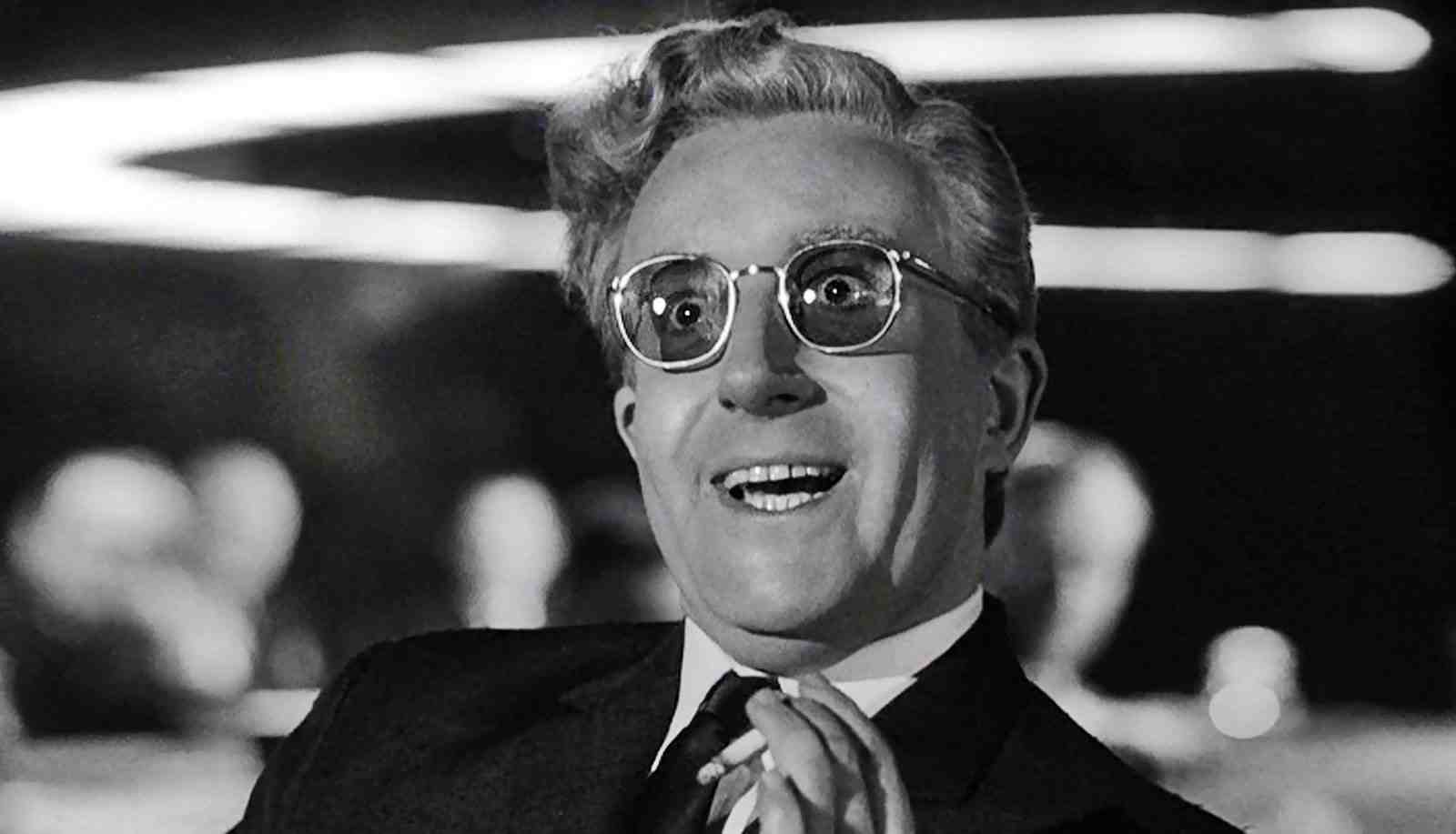
It forever became impossible to take geopolitical warfare seriously when this gem dropped in 1964. Talking about why “Dr. Strangelove” is important to cinema would be like saying “maybe the liver is a pretty necessary organ.” It’s thesis on how the end of the world could come about as a result of absolute stupidity is relevant time and time and time again.
The bureaucratic clap-trap that is used to justify a “Doomsday” machine or nuclear bomb usage is agonizing to listen to given how we hear such verbal feces constantly coming out of our politicians and mainstream media. No other movie has even come to close to capturing “Dr. Strangelove’s” satirical edge and unless a new Stanley Kubrick or Peter Sellers will be discovered, the film is unlikely to be topped.
4. Audition (2000)
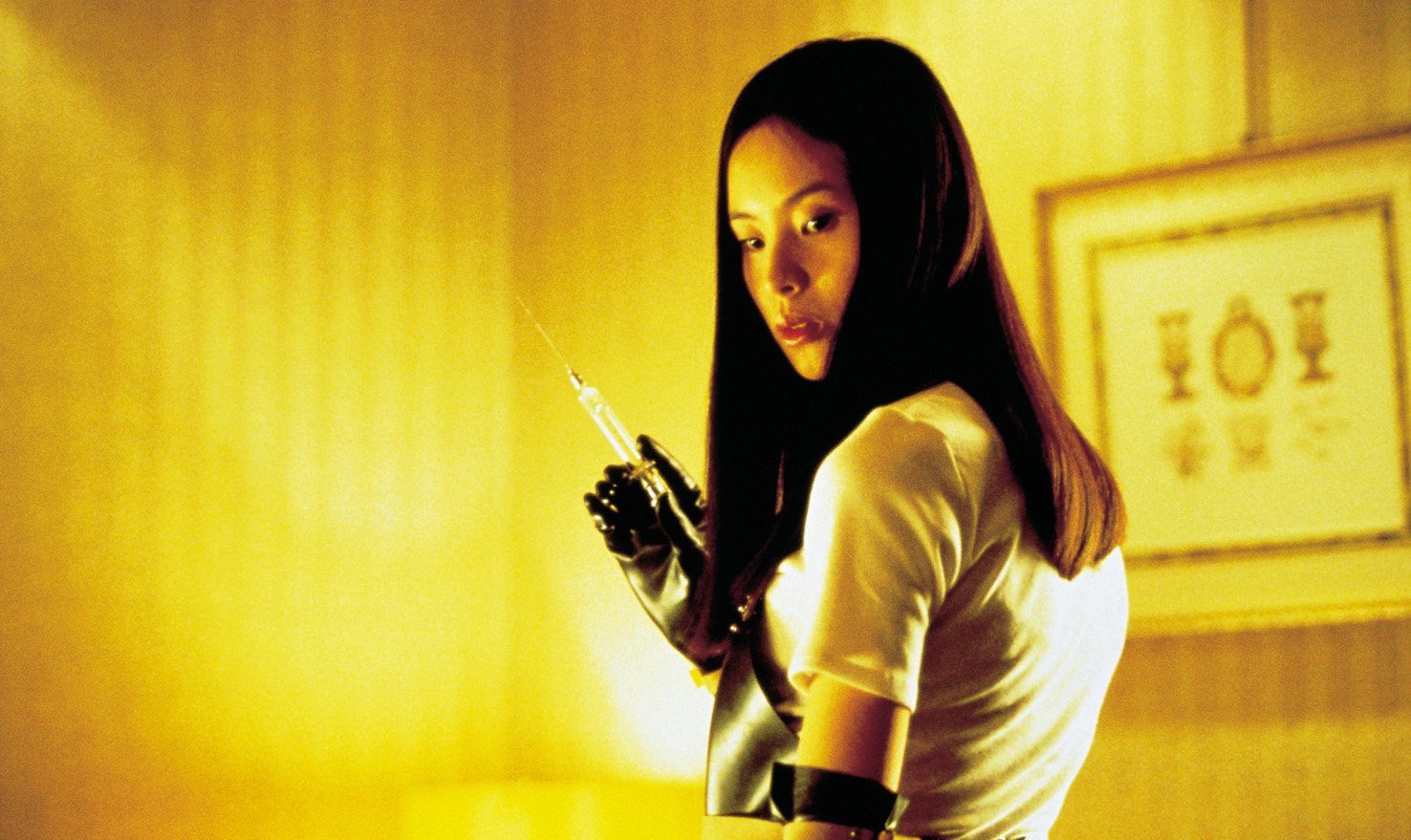
Thematic shifts are tools that all filmmakers ought to learn to master, and Takashi Miike’s horror classic “Audition” is a graduate education on how to do it right. Going from a serene, poignant, and lightly comic story of a man using film auditions to find a girlfriend to a nightmarish, body-horror hell-scape is the stuff of legends. Everyone knows the horror is coming and perhaps that is why the light early scenes are so tense.
“Audition’s” genius lies in slowly messing with the story’s structure, loosening the tiniest screws of strangeness before it explodes into pure evil. The movie does this horrific build-up precisely because of it’s masterful tonal transition, a textbook example of how great horror is usually something just messing with routine. “Audition” is as beautiful and charming as it is unholy and pulsating, and that’s why it is a masterpiece.
“Kiri kiri kiri…” three words that will signal the end times…
5. Scenes from a Marriage (1974)
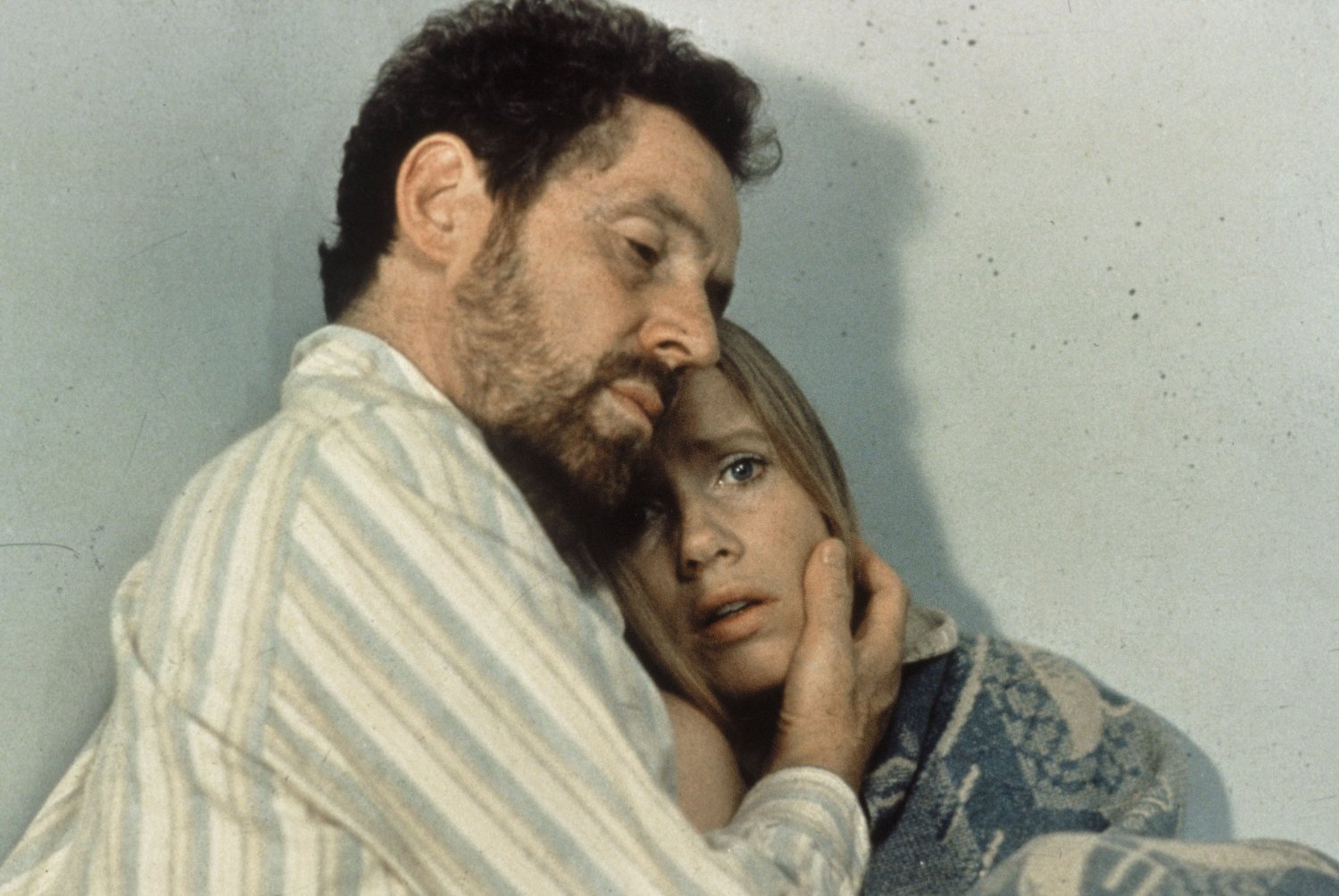
Even if one dislikes Ingmar Bergman’s work, we can’t help but respect the man’s versatility. Who else could go from a dreamy surrealist meditation on aging (“Wild Strawberries”) to one of the most brutal and intimately realistic examinations of relationships?
Director Sean S. Baker of “Tangerine” and “The Florida Project” once said: “When people tell me I should get married, I ask, ‘Have you seen “Scenes from a Marriage?” Baker is correct in many ways, as barring witness to the deterioration of Marianne and Johan’s relationship can put many a dreamy romantic off from pursuing love forever.
Much of “Scenes’” strength lies in it’s pacing and attention to detail, it’s mammoth length of nearly 5 hours forcing the audience to witness every little crack and splinter that culminates in pure anguish. Nonetheless, the most important takeaway from “Scenes” is that relationships are hard, hard work and that expecting love to come in the form of a Disney film would be idiotic. A harsh truth but a vital one explored exquisitely.